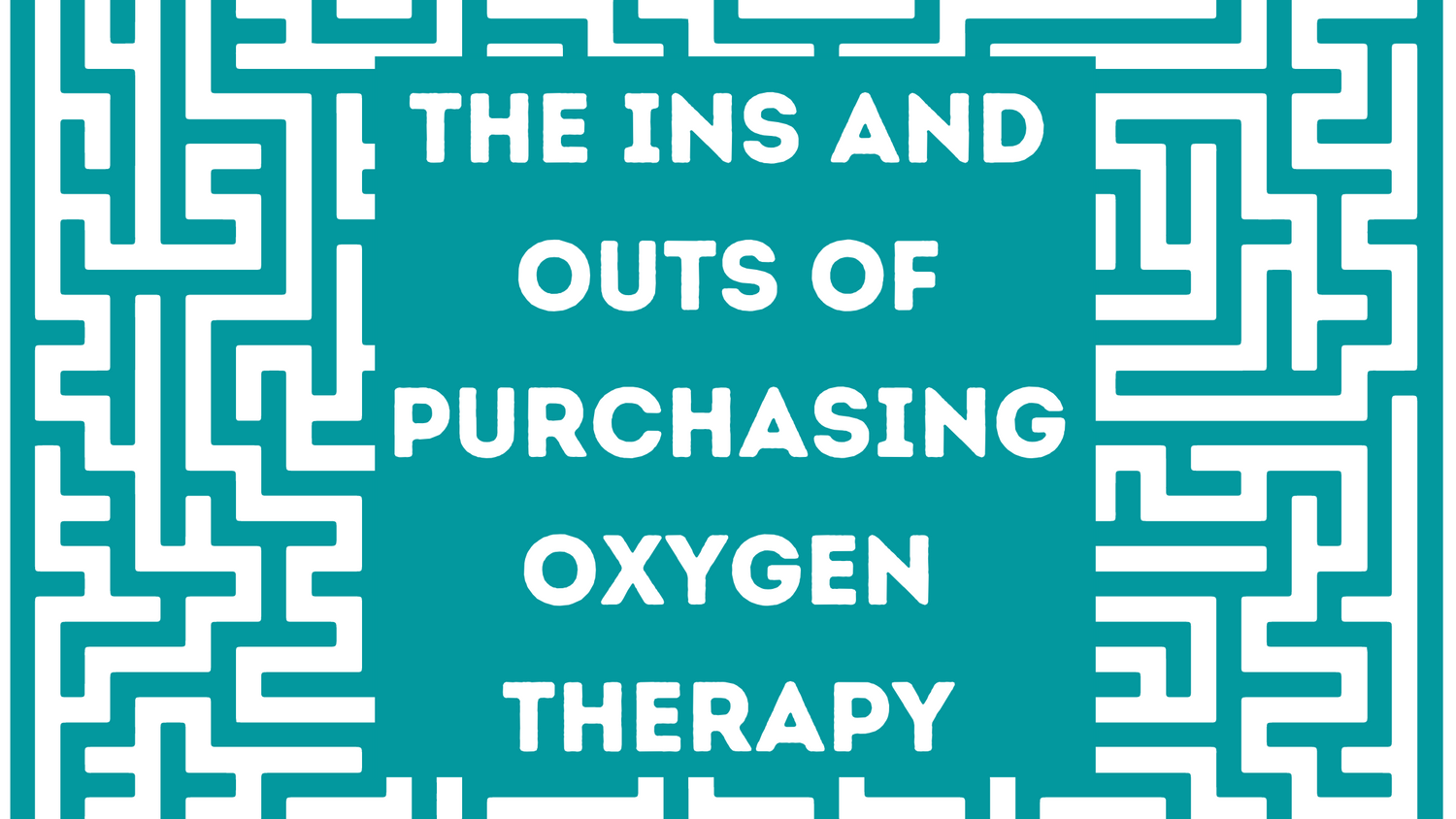Respiratory Resource Center - LPT Medical
The Ins and Outs of Purchasing Oxygen Therapy
Long term oxygen therapy (LTOT) is a common...
Read More7 Ways The Caire FreeStyle Comfort Offers More Freedom Than an Oxygen Tank
As humans, one of the most important things we...
Read MoreCOPD Education is Key: 15 Questions you Need to ask your Doctor
Have you ever left a conversation with your doctor...
Read More


